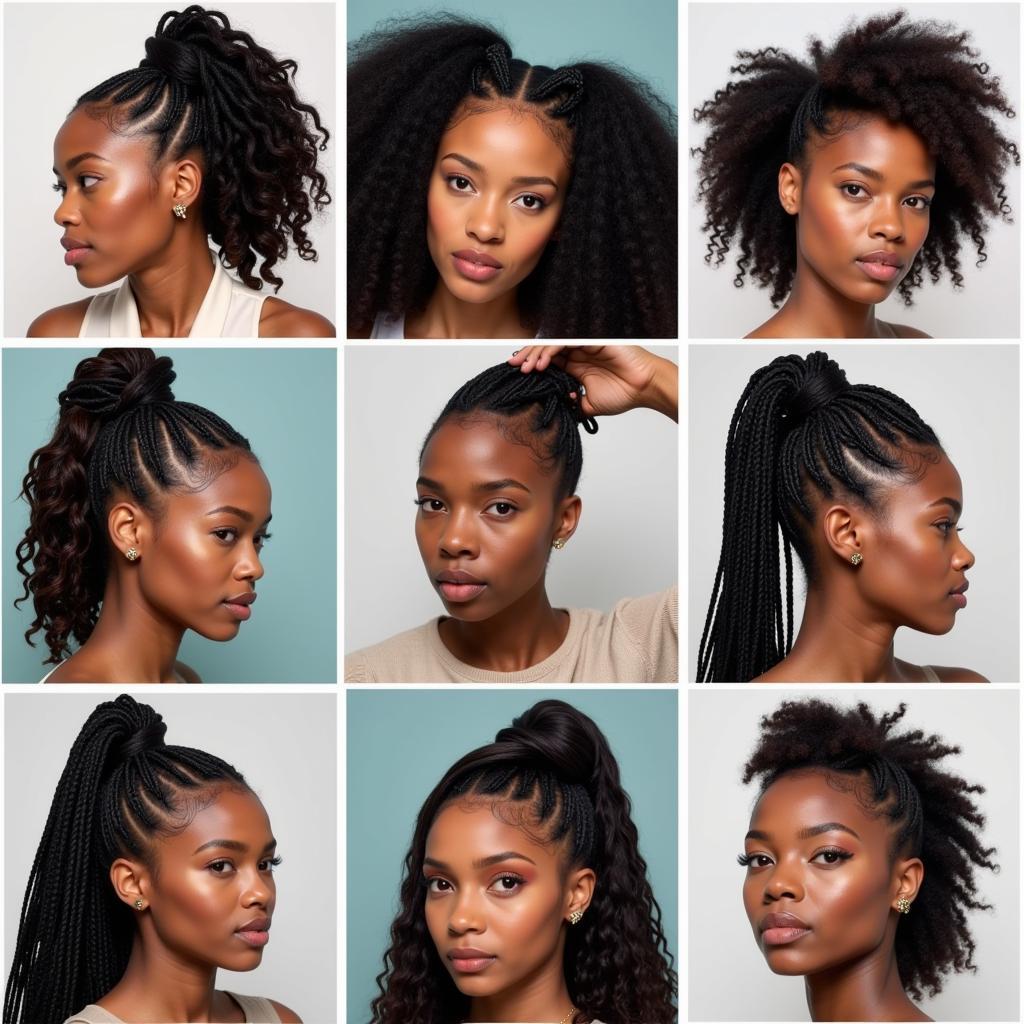African Grey Parrot Beak Care: A Comprehensive Guide
African Grey Parrot Beak Care is crucial for their overall health and well-being. A healthy beak allows them to eat, preen, and explore their environment. This guide will explore everything you need to know about maintaining your African grey’s beak health.
Understanding Your African Grey’s Beak
The beak of an African grey parrot is a complex and vital tool. It’s made of keratin, the same material that makes up human fingernails and hair. The beak grows continuously throughout the parrot’s life, much like our nails. This continuous growth necessitates proper care and attention to prevent overgrowth or other beak-related issues. A healthy beak is smooth, well-shaped, and free from cracks or discoloration.
You might be interested in how long these remarkable creatures live. For more information, check out this article on African grey parrot length.
Why is Beak Care Important?
Neglecting your parrot’s beak can lead to a variety of problems, including difficulty eating, infections, and even respiratory issues. Overgrown beaks can hinder a parrot’s ability to properly groom its feathers, impacting its appearance and overall health.
Providing the Right Diet for Beak Health
A balanced and nutritious diet plays a significant role in maintaining a healthy beak. Offer your African grey a variety of foods, including high-quality parrot pellets, fresh fruits, vegetables, and healthy nuts. Seeds should be given in moderation. Calcium is essential for beak strength, so ensure your parrot has access to calcium-rich foods or supplements.
What Foods Promote Beak Health?
Leafy greens, carrots, and bell peppers are excellent sources of vitamins and minerals that contribute to beak health. Providing a diverse diet also helps ensure your parrot receives all the necessary nutrients for optimal beak growth and maintenance.
Offering Opportunities for Natural Beak Wear
Providing your African grey with opportunities to naturally wear down its beak is essential. Offer a variety of toys made from natural materials like wood and lava rock. Chewing on these toys helps trim the beak naturally, preventing overgrowth. You can find a good selection of African grey toys UK.
What Types of Toys are Best?
Wooden blocks, branches, and cuttlebones are excellent choices for beak maintenance. Rotate toys regularly to keep your parrot stimulated and engaged.
“Providing a stimulating environment with plenty of chewing opportunities is essential for maintaining a healthy beak,” says Dr. Ava Johnson, an avian veterinarian with over 20 years of experience.
Recognizing Signs of Beak Problems
Regularly inspect your African grey’s beak for any signs of problems. Look for cracks, discoloration, overgrowth, or any unusual texture. If you notice anything amiss, consult an avian veterinarian immediately. Early detection and treatment are crucial for preventing serious beak issues. Wondering if your parrot is male or female? Learn more in this guide about African grey parrot male or female.
What Should I Look For?
Any significant changes in beak shape, color, or texture should be investigated by a veterinarian. Also, be mindful of any changes in your parrot’s eating habits, which could indicate a beak problem.
When to Seek Veterinary Care
If you observe any unusual beak growth, discoloration, or if your parrot is experiencing difficulty eating, consult an avian veterinarian promptly. They can diagnose the problem and recommend appropriate treatment. Sometimes, excessive feather loss can indicate underlying health issues. This article about African grey parrot shedding feathers provides valuable insights.
“A healthy beak is a vital indicator of a parrot’s overall health,” says Dr. Michael Davies, a renowned avian specialist. “Don’t hesitate to seek professional help if you have any concerns about your parrot’s beak.”
Conclusion
African grey parrot beak care is a continuous process that requires attention and dedication. By providing a nutritious diet, opportunities for natural beak wear, and regular veterinary checkups, you can help your African grey maintain a healthy and functional beak, contributing to its overall well-being and longevity.
FAQ
- How often should I trim my African grey’s beak? Ideally, your parrot’s beak should wear down naturally. If you suspect overgrowth, consult a veterinarian.
- What are the signs of a healthy beak? A healthy beak is smooth, well-shaped, and free from cracks or discoloration.
- What can I do to prevent beak overgrowth? Provide a variety of chewing toys and a balanced diet.
- What should I do if I notice a crack in my parrot’s beak? Consult an avian veterinarian immediately.
- Can I file my parrot’s beak myself? It’s best to leave beak trimming to a qualified avian veterinarian.
- What kind of toys are best for beak health? Wooden blocks, branches, and cuttlebones are good choices.
- How often should I take my African grey to the vet for beak checkups? Annual checkups are recommended, but consult your veterinarian for specific advice.
Common Scenarios and Questions:
- Scenario: Your parrot’s beak seems to be growing faster than usual. Question: Could this be a sign of a dietary deficiency?
- Scenario: You notice a small chip in your parrot’s beak. Question: Should you be concerned, or will it heal on its own?
- Scenario: Your parrot is reluctant to eat hard foods. Question: Could this be a sign of a beak problem?
Further Exploration
Explore our article on African grey parrot drawing for a fun and artistic way to appreciate these beautiful birds.
Need Help?
For any concerns about your African Grey’s beak care or any other parrot-related questions, contact us:
Phone: +255768904061
Email: [email protected]
Address: Mbarali DC Mawindi, Kangaga, Tanzania
We have a 24/7 customer support team ready to assist you.


